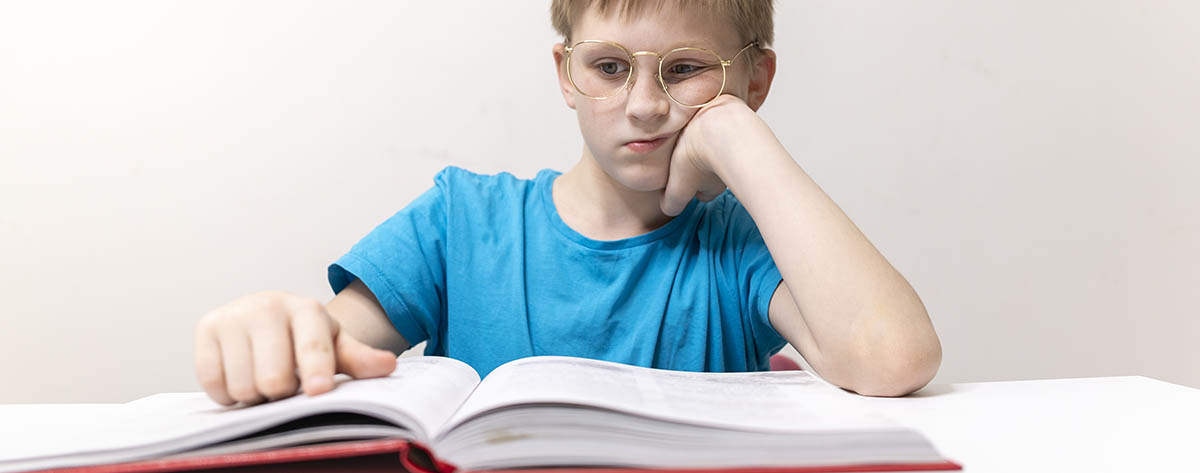By Dr. Christina Murray, O.D. — founder of Center for Better Learning in Coconut Creek, FL. Dr. Murray is originally from Columbus, Ohio, and is a proud graduate of The Ohio State University. She happily escaped the cold Ohio winters to attend optometry school at Nova Southeastern University. While in school, she discovered her passion for pediatrics and vision therapy. She is currently finishing up her board certification from the College of Optometrists in Vision Development.

The next level of development is the motor systems. Body schema, bilateral integration, ocular motor control, and motor planning begin developing during this stage. The brain depends on information gathered by the sensory systems to give the required information for the brain to carry out motor movements.
Motor development begins as an infant builds an internal awareness of their body and the relationship between their body parts to another called body schema. Body schema includes an understanding of both laterality and directionality. The first stage in learning laterality occurs when an infant learns how to crawl. Crawling is the first time in the infant's life when both body sides must work together in opposition. Directionality takes this internal concept of right and left and applies it to the outside world. Both of these skills are important for good reading and writing skills. The process of reading requires the child to understand how to read the words from left to right and top to bottom. The child needs these concepts to understand how to formulate their letters correctly. When these skills are not developed properly, we see problems with letter reversals, confusing similar words, and visual discrimination skills.
Bilateral integration is the ability to coordinate both sides of the body simultaneously. A child develops these skills by crawling, walking, climbing, running, and other active play activities. Developing bilaterality skills allows both sides of the brain to communicate effectively. Many children spend most of their time switching between being held and being placed in a car seat, stroller, or other small play areas in our modern world. It is also becoming more common for children to spend excessive amounts of time sitting and watching screens as a means of learning. The lack of movement provides less of an opportunity to develop these bilateral integration skills. Bilaterality and hand dominance are necessary for a child to stabilize their paper in one hand while writing with their other. Children with underdeveloped bilaterality often have poor visual spatial skills, poor handwriting, and poor academic performance.
Ocular motor control is the skill required for precise and deliberate eye movements. There is very little coordination between the eyes when a baby is born. It is common to see eyes drift in various directions. These ocular motor skills begin to develop shortly after birth and refine throughout the early stages of development. Poor control causes their eyes to move off the print involuntarily, and cause a child to read the words out of order. The eyes must accurately track along with a text and make a large sweep to the following line of text to read efficiently. Oculomotor skills are critically important in almost all aspects of learning. Poor oculomotor skills can lead to poor reading comprehension, poor handwriting skills, difficulty copying from the board, and difficulty aligning columns of numbers.
Motor planning requires the brain to use the information collected by the sensory systems to communicate with the body and muscles. There is a high level of cognitive processing with any new task a child encounters. Think about a child who is learning to walk. Many skills need to be automated, like holding their head up, balancing while standing, and proprioceptive knowledge of how to move the legs before walking can occur. At first, they need to think about each step they take and often misjudge the signal sent to move their legs. The brain receives and gives feedback about the body's actions, and the child makes small performance-improving changes. Their coordination improves each time they try. Eventually, the movement becomes more efficient and effortless, and the brain and body move together automatically. A child who struggles with motor planning will have difficulty learning new skills, have poor handwriting, and take a long time to complete simple motor tasks.
Let’s look back at two students in our class:
Student A:

This student's body works in harmony, allowing or good posture and less brain activity attended to motor tasks. Bilateral integration will enable them to write with their right hand while their left hand supports the notebook. Excellent ocular motor control will allow them to shift their attention from the board to their paper without losing their place. It also allows for better reading comprehension and, therefore, less time to study.
Student B:

This student needs to use conscious brainpower to do the motor tasks in the classroom. To avoid the added stress of using both sides of the body simultaneously, they draped their arm across their notebook instead of their hand for support. They often lose their place when taking notes, and most will miss important parts of the lecture, searching for where they left off. Poor motor development will also contribute to poor handwriting skills.
There are two sides of the brain, two sides of the body, two eyes, and two ears. During this stage of development, we use how to use all these different parts efficiently without needing to waste precious brainpower. The input from our sensory systems with coordination of the motor systems leads to the next stage of development: sensory processing and perceptual motor.
If you would like to make an investment that lifts lives, brightens futures and strengthens the community, consider helping us. Please use the donate buttons below to select a secure method of online payment through PayPal, which allows donations by debit or credit card (PayPal keeps a two percent transaction fee for each donation).